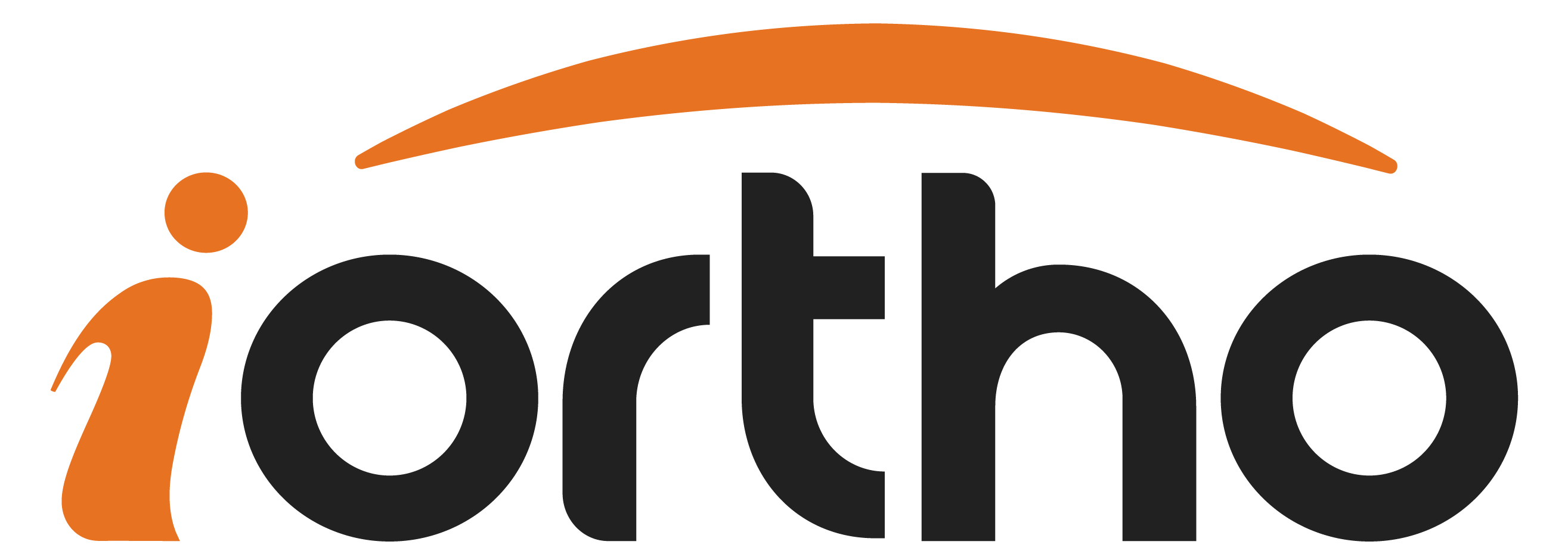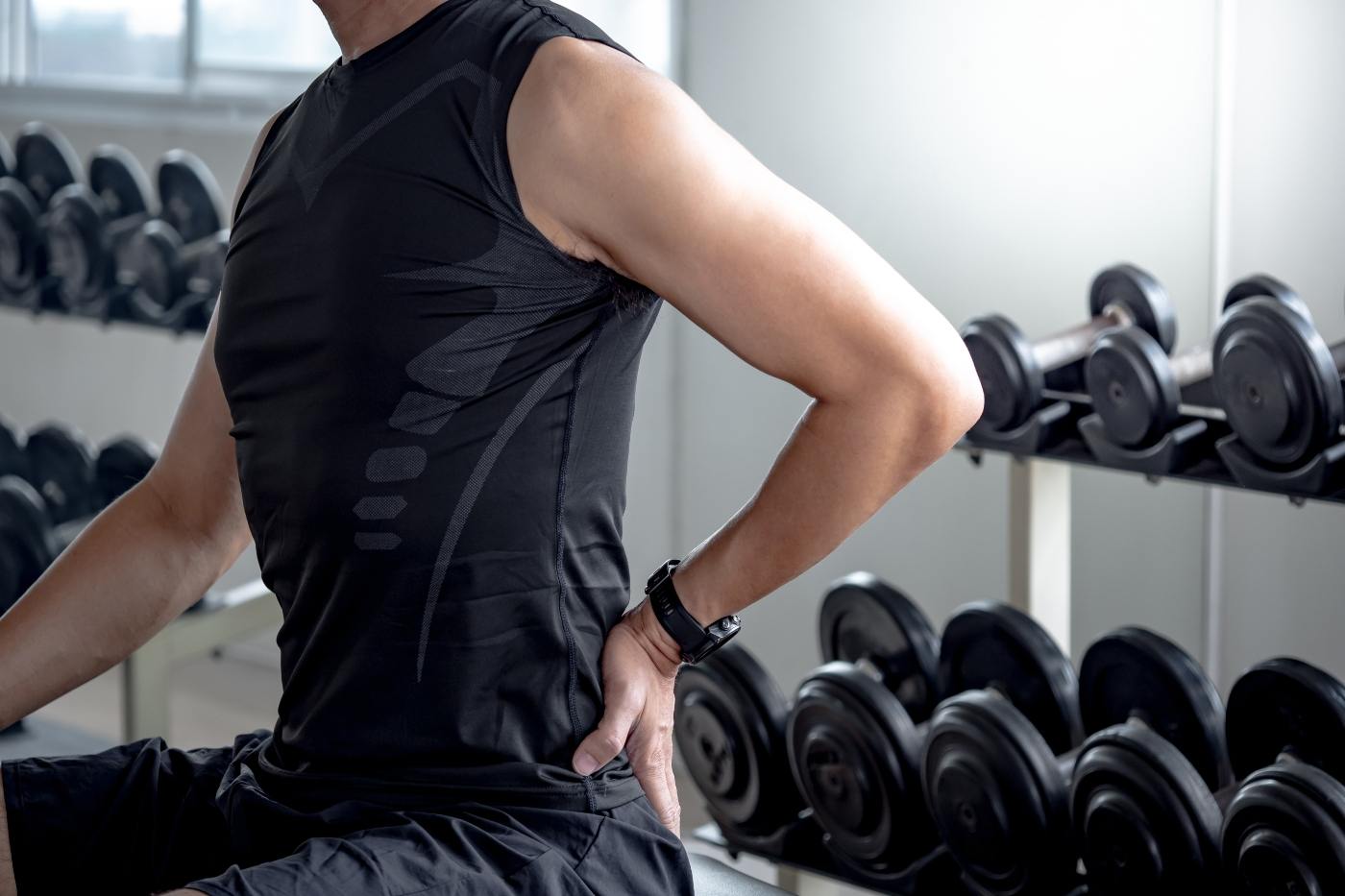If your brain is a powerful supercomputer, your spine is a massive information highway. The spine carries sensory, motor (movement), and other signals to and from the brain – helping people move, feel and regulate various body functions.
The human spine is very important for our existence, and it is strategically placed in the body to minimize the risk of injuries. However, if spinal disorders strike a person, they can significantly disrupt daily life, causing much pain, mobility issues, discomfort, disability and suffering.
There are numerous causes of spinal problems, but three of the most common are herniated discs, sciatica, and spinal stenosis.
Herniated Disc
The spine consists of vertebrae (bones) stacked on top of each other, separated by soft, gel-like discs that act as cushions. These discs absorb shock and allow flexibility.
A herniated disc (also called a slipped or ruptured disc) occurs when the inner gel-like portion of the disc pushes through the outer layer. This can irritate nearby nerves, leading to pain, numbness, or weakness.
Symptoms of the condition include lower back pain radiating down the leg, tingling sensation, numbness, or even weakness. If the condition affects the cervical spine, it causes pain in the shoulder, arms, and hands, along with a burning sensation and weakening of grip.
Fortunately, most patients do not need surgery and benefit significantly from timely treatment. Doctors may prescribe painkillers or anti-inflammatory drugs, other medications like anti-depressants, or even anti-seizure drugs. Some may benefit from local steroidal injections too.
Sciatica
Sciatica is not a disease but a symptom of an underlying condition – often a herniated disc, bone spur, or spinal stenosis.
It occurs when the sciatic nerve, the longest nerve in the body, becomes compressed. This nerve runs from the lower back down through the buttocks and legs, meaning irritation anywhere along this path can trigger pain.
Sciatica is quite common and causes sharp shooting pain from the lower back through the leg, local weakness, and a burning or tingling sensation.
Again, most patients may benefit from medications like anti-inflammatory drugs, heat and ice therapy, physiotherapy, and physical/exercise therapy, though few may need surgical decompression.
Spinal Stenosis
Spinal stenosis is a progressive spinal canal narrowing, which can pressure the spinal cord and nerves. This condition mostly affects older adults due to natural wear and tear, often linked to arthritis.
Symptoms of spinal stenosis will depend on what part of the spinal canal is affected. If it affects the lumbar region, it causes lower back pain, cramping, weakness, and difficulty balancing.
If the condition affects the cervical region, it causes neck pain, tingling in arms and hands, and weakness of upper limbs.
Spinal stenosis may cause other issues, like changes in bowel movement and bladder function. Such changes are more likely to occur in more severe cases.
The condition is generally treated with physical therapy and pain management. Postural adjustments may also help reduce pain sensation. However, severe cases may need surgical intervention called laminectomy.
It is always good to seek medical help in the early stages of spinal problems. However, one should seek urgent help if pain persists and keeps worsening, there is loss of bladder and bowel control, weakness of limbs or sleep disturbances. Ignoring these symptoms could cause permanent nerve damage.
iOrtho has a team of spine specialists and orthopedic surgeons who can help evaluate your spinal injury or pain and advise you on effective treatments.





